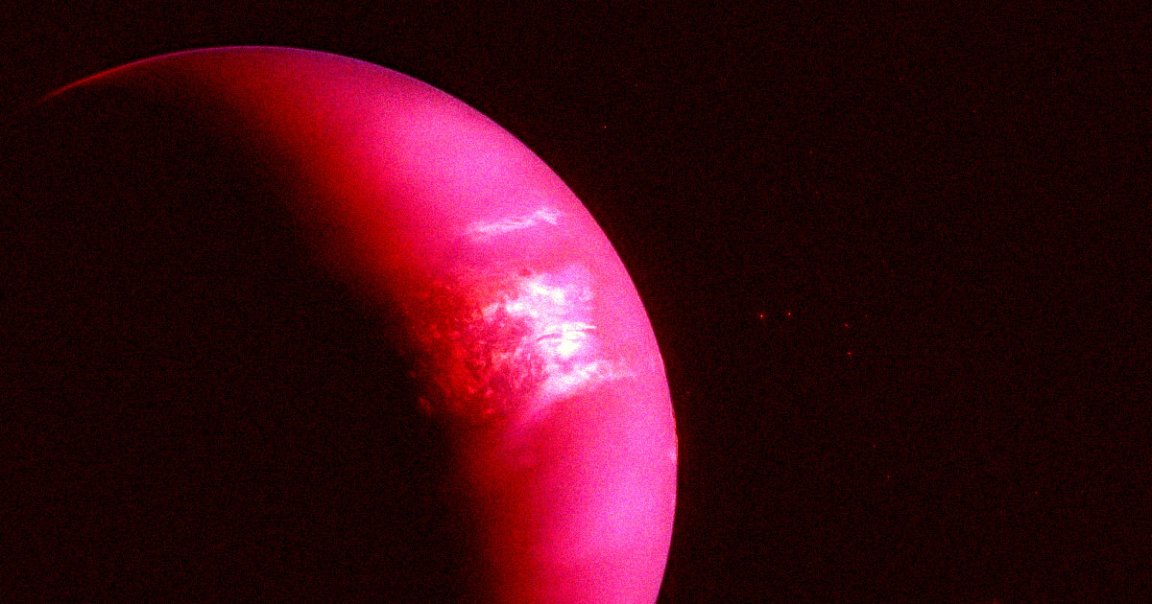
Cloudy With a Chance of Molten Iron
The scientific instruments on board NASA’s James Webb Space Telescope are so sensitive that they can tell the weather on an exoplanet a whopping 280 light years away.
Using the telescope‘s mid-infrared light spectrometer, a team of international scientists managed to map the weather on the surface of WASP-43 b, a gas giant in the Sextans constellation.
Their findings suggest the exoplanet is covered in a thick cover of clouds on one side, clear skies on the other, and vicious equatorial winds that can speed up to 5,000 mph — a fascinatingly detailed look, considering the vast distances involved.
Hottest Jupiter
WASP-43 b orbits its host star at just 1.3 million miles — a mere 1/25th the distance between Mercury and the Sun — resulting in blistering surface temperatures, earning it its “hot Jupiter” classification.
It’s far hotter than any other gas giants we’re familiar with in our own solar system.
The exoplanet was first spotted in 2011 and has previously been observed by NASA’s Hubble and Spitzer space telescopes.
“With Hubble, we could clearly see that there is water vapor on the dayside,” said Bay Area Environmental Research Institute researcher Taylor Bell, lead author of a study published on Tuesday in the journal Nature Astronomy, in a statement.
“Both Hubble and Spitzer suggested there might be clouds on the nightside,” Bell added. “But we needed more precise measurements from Webb to really begin mapping the temperature, cloud cover, winds, and more detailed atmospheric composition all the way around the planet.”
By analyzing the mid-infrared light given off by the planet, scientists were able to conclude its exact temperature: a searing 2,300 degrees Fahrenheit on its dayside, which is hot enough to forge iron.
Using 3D atmospheric models, the scientists could even simulate what the gas giant’s atmosphere might look like.
“By observing over an entire orbit, we were able to calculate the temperature of different sides of the planet as they rotate into view,” said Bell. “From that, we could construct a rough map of temperature across the planet.”
More on the telescope: James Webb Turns to Examine Planet Showing Potential Sign of Life